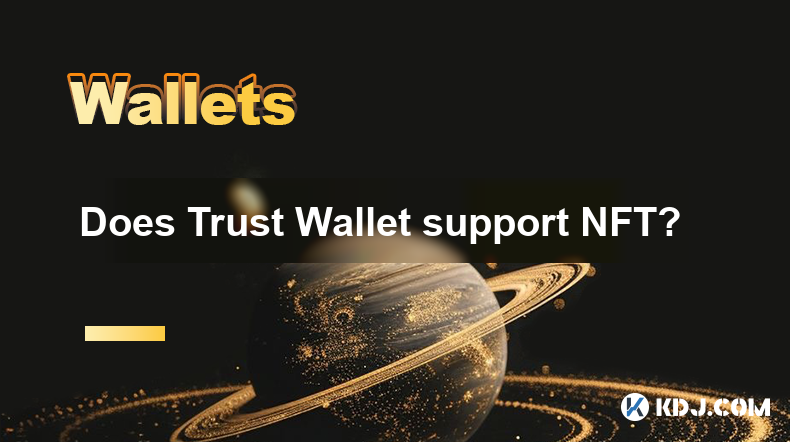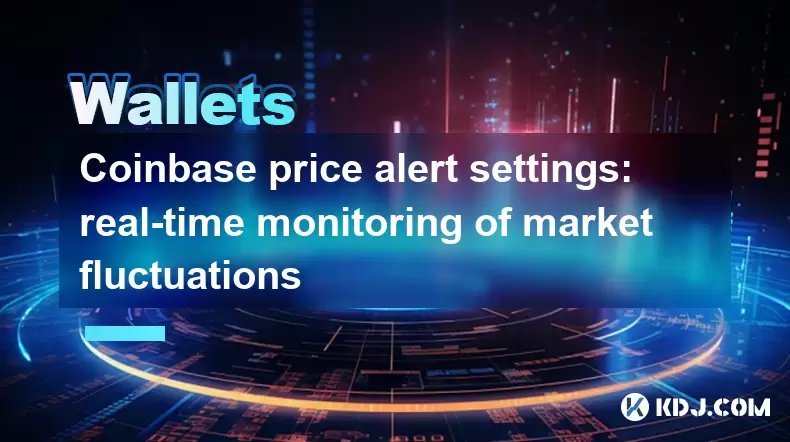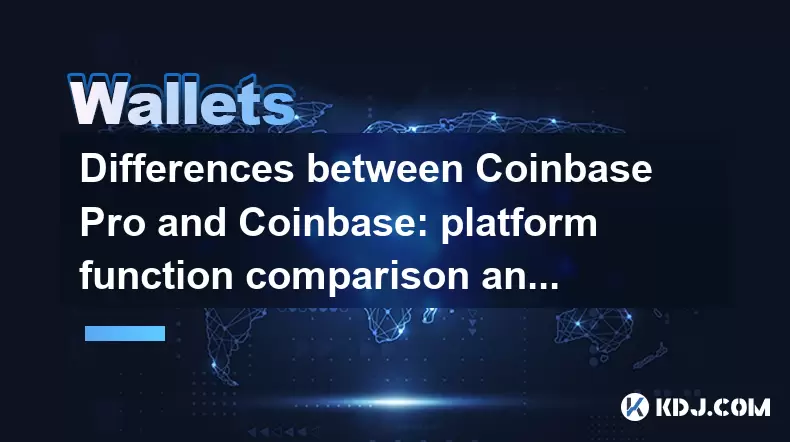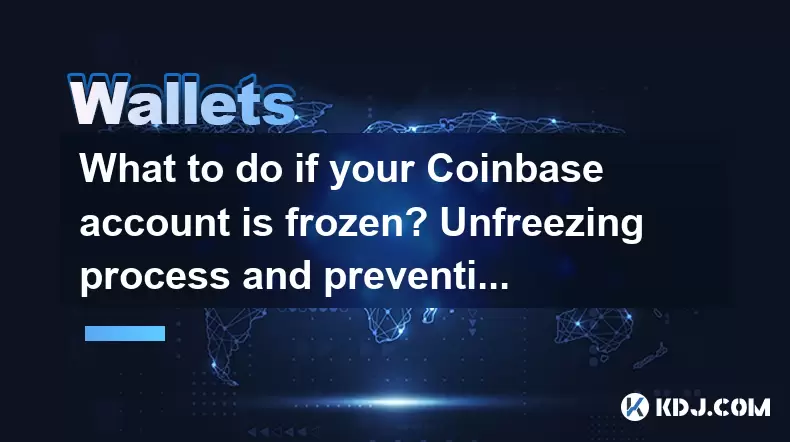-
 Bitcoin
Bitcoin $108,489.6704
1.13% -
 Ethereum
Ethereum $2,502.0528
2.92% -
 Tether USDt
Tether USDt $1.0002
0.00% -
 XRP
XRP $2.1941
0.51% -
 BNB
BNB $655.3375
1.00% -
 Solana
Solana $151.5977
1.27% -
 USDC
USDC $0.9999
0.00% -
 TRON
TRON $0.2768
0.32% -
 Dogecoin
Dogecoin $0.1676
2.86% -
 Cardano
Cardano $0.5675
0.98% -
 Hyperliquid
Hyperliquid $40.6109
7.48% -
 Bitcoin Cash
Bitcoin Cash $500.7746
2.09% -
 Sui
Sui $2.8328
2.03% -
 Chainlink
Chainlink $13.4452
1.26% -
 UNUS SED LEO
UNUS SED LEO $9.1623
0.39% -
 Avalanche
Avalanche $18.2267
2.24% -
 Stellar
Stellar $0.2382
0.00% -
 Toncoin
Toncoin $2.8885
1.68% -
 Shiba Inu
Shiba Inu $0.0...01159
0.91% -
 Litecoin
Litecoin $87.1827
0.88% -
 Hedera
Hedera $0.1511
2.90% -
 Monero
Monero $315.4992
-0.59% -
 Polkadot
Polkadot $3.4663
2.34% -
 Bitget Token
Bitget Token $4.6118
-0.65% -
 Dai
Dai $1.0000
-0.01% -
 Ethena USDe
Ethena USDe $1.0003
0.02% -
 Uniswap
Uniswap $7.2989
4.69% -
 Pepe
Pepe $0.0...01003
5.73% -
 Aave
Aave $275.5616
7.15% -
 Pi
Pi $0.5181
-2.49%
Does Trust Wallet support NFT?
Trust Wallet now supports NFTs on Ethereum, allowing users to store, send, and receive digital collectibles securely within the app.
Apr 04, 2025 at 08:14 pm

Trust Wallet, a popular mobile cryptocurrency wallet, has expanded its capabilities to include support for Non-Fungible Tokens (NFTs). This feature allows users to store, send, and receive NFTs directly within the wallet, enhancing its utility in the burgeoning world of digital collectibles and art. As the NFT market continues to grow, having a reliable and user-friendly platform like Trust Wallet to manage these assets is crucial. In this article, we will explore how Trust Wallet supports NFTs, the types of NFTs it can handle, and how users can interact with their NFT collections using the wallet.
What Types of NFTs Does Trust Wallet Support?
Trust Wallet supports a variety of NFTs, primarily focusing on those built on the Ethereum blockchain. This includes popular standards like ERC-721 and ERC-1155. ERC-721 tokens are unique and indivisible, making them perfect for digital art, collectibles, and other one-of-a-kind items. On the other hand, ERC-1155 tokens can represent both fungible and non-fungible items, offering more flexibility for developers and users. Trust Wallet's support for these standards means users can manage a wide range of NFTs, from art pieces to gaming items.
How to View NFTs in Trust Wallet
Viewing your NFTs in Trust Wallet is a straightforward process. Here's how you can do it:
- Open the Trust Wallet app on your mobile device.
- Navigate to the "Collectibles" tab, which is specifically designed for NFTs.
- Here, you will see a list of all the NFTs connected to your wallet address. You can browse through your collection, view details about each NFT, and even see the current market value if available.
This feature makes it easy for users to keep track of their digital assets without needing to use external platforms.
How to Send and Receive NFTs in Trust Wallet
Sending and receiving NFTs in Trust Wallet is also user-friendly. Here are the steps to follow:
- To send an NFT, go to the "Collectibles" tab, select the NFT you want to send, and tap on "Send".
- Enter the recipient's Ethereum address and confirm the transaction. Remember that sending NFTs may incur gas fees, depending on the network's congestion.
- To receive an NFT, simply share your Ethereum address with the sender. Once the transaction is confirmed on the blockchain, the NFT will appear in your "Collectibles" tab.
This functionality ensures that users can easily transfer their NFTs to other wallets or platforms.
Can You Buy NFTs Directly in Trust Wallet?
Currently, Trust Wallet does not support direct purchasing of NFTs within the app. However, users can connect their wallet to various NFT marketplaces like OpenSea, Rarible, or Mintable to buy NFTs. Here's how you can do it:
- Open Trust Wallet and navigate to the "DApps" section.
- Connect your wallet to the desired NFT marketplace.
- Browse the marketplace, select an NFT you want to purchase, and complete the transaction using your Trust Wallet.
This integration allows users to leverage Trust Wallet's security while exploring the vast world of NFTs available on different platforms.
How to Manage Multiple NFT Collections
Managing multiple NFT collections in Trust Wallet is made simple with its intuitive interface. Here are some tips for organizing your NFTs:
- Use the "Collectibles" tab to view all your NFTs in one place.
- You can sort your NFTs by collection, making it easier to find specific items.
- If you have a large collection, consider using tags or labels within the wallet to categorize your NFTs further.
This organization helps users keep their digital assets well-managed and easily accessible.
Security Features for NFTs in Trust Wallet
Trust Wallet prioritizes the security of your NFTs with several robust features. Here are some of the key security measures:
- Multi-signature support: This allows you to require multiple signatures for transactions, adding an extra layer of security.
- Biometric authentication: Use your device's fingerprint or face recognition to access your wallet, ensuring that only you can interact with your NFTs.
- Encrypted private keys: Your private keys are stored securely on your device, never shared with Trust Wallet's servers.
These features ensure that your NFTs are protected against unauthorized access and potential theft.
Integration with NFT Marketplaces
Trust Wallet's integration with various NFT marketplaces enhances its utility for NFT enthusiasts. Here are some of the key marketplaces you can connect to:
- OpenSea: One of the largest NFT marketplaces, where you can buy, sell, and discover a wide range of NFTs.
- Rarible: A platform that allows users to create, buy, and sell NFTs, with a focus on community governance.
- Mintable: Known for its user-friendly interface, Mintable makes it easy to mint and trade NFTs.
By connecting to these marketplaces, users can seamlessly manage their NFT transactions directly from Trust Wallet.
How to Mint NFTs Using Trust Wallet
While Trust Wallet itself does not offer a built-in minting feature, users can still mint NFTs using the wallet's integration with various platforms. Here's how you can do it:
- Connect your Trust Wallet to a platform like Mintable or Rarible.
- Follow the platform's instructions to upload your digital asset and set the necessary parameters for your NFT.
- Once minted, the NFT will automatically appear in your Trust Wallet's "Collectibles" tab.
This process allows users to create their own NFTs while still benefiting from Trust Wallet's security and ease of use.
The Future of NFTs in Trust Wallet
As the NFT market continues to evolve, Trust Wallet is likely to expand its support for different types of NFTs and blockchain networks. Potential future developments could include:
- Support for NFTs on other blockchains like Binance Smart Chain or Polygon.
- Integration with more NFT marketplaces and platforms.
- Enhanced features for managing and displaying NFTs within the wallet.
These advancements would further solidify Trust Wallet's position as a leading platform for NFT enthusiasts.
Common Questions About Trust Wallet and NFTs
Q: Can I store NFTs from different blockchains in Trust Wallet?
A: Currently, Trust Wallet primarily supports NFTs on the Ethereum blockchain. However, as the platform evolves, it may include support for NFTs on other blockchains.
Q: Are there any fees associated with sending NFTs in Trust Wallet?
A: Yes, sending NFTs typically incurs gas fees, which are network fees required to process transactions on the Ethereum blockchain. The amount of these fees can vary based on network congestion.
Q: Can I view the details of my NFTs in Trust Wallet?
A: Yes, you can view detailed information about your NFTs, including their name, description, and current market value if available, in the "Collectibles" tab of Trust Wallet.
Q: Is it safe to store my NFTs in Trust Wallet?
A: Trust Wallet employs several security measures, such as multi-signature support, biometric authentication, and encrypted private keys, to ensure the safety of your NFTs.
Q: How can I connect Trust Wallet to an NFT marketplace?
A: You can connect Trust Wallet to an NFT marketplace by navigating to the "DApps" section in the app, selecting the desired marketplace, and following the prompts to connect your wallet.
Disclaimer:info@kdj.com
The information provided is not trading advice. kdj.com does not assume any responsibility for any investments made based on the information provided in this article. Cryptocurrencies are highly volatile and it is highly recommended that you invest with caution after thorough research!
If you believe that the content used on this website infringes your copyright, please contact us immediately (info@kdj.com) and we will delete it promptly.
- Unlock Crypto Riches: Mining Platforms & Starter Bonuses - Your Gateway to Digital Gold!
- 2025-06-30 22:30:11
- Dogecoin, Cloud Mining, and Risk Alerts: Navigating the Meme Minefield
- 2025-06-30 22:30:11
- Ric Edelman's Bold Crypto Allocation: A Financial Advisor's Perspective
- 2025-06-30 22:50:12
- Bitcoin Layer-2 Presale Heats Up: Is HYPER the Next Big Thing?
- 2025-06-30 22:50:12
- Bitcoin's Bull Run: Network Activity Tells a Different Story
- 2025-06-30 22:55:12
- SpacePay, Altcoins & Investing in 2025: What's the Buzz?
- 2025-06-30 23:10:12
Related knowledge

Coinbase price alert settings: real-time monitoring of market fluctuations
Jun 29,2025 at 07:00am
Setting Up Coinbase Price AlertsTo begin real-time monitoring of market fluctuations on Coinbase, users can utilize the built-in price alert feature. This function allows you to receive notifications when a cryptocurrency reaches a specific price point. To access this setting, open the Coinbase app or log in via the web platform. Navigate to the 'Prices...

How to stake cryptocurrencies on Coinbase? Benefits and risks
Jun 27,2025 at 06:36pm
Understanding Cryptocurrency Staking on CoinbaseStaking cryptocurrencies involves locking up digital assets to support the operations of a blockchain network, typically in return for rewards. Coinbase, one of the most popular cryptocurrency exchanges globally, offers staking services for several proof-of-stake (PoS) coins. Users can stake their holdings...

Differences between Coinbase Pro and Coinbase: platform function comparison and analysis
Jun 29,2025 at 08:21am
Overview of Coinbase and Coinbase ProWhen exploring the cryptocurrency trading landscape, users often encounter two platforms under the same parent company: Coinbase and Coinbase Pro. While both are operated by the same organization, they cater to different types of users and offer varying features. Coinbase is primarily designed for beginners and casua...

What to do if your Coinbase account is frozen? Unfreezing process and preventive measures
Jun 30,2025 at 03:49am
Understanding Why Your Coinbase Account Might Be FrozenIf your Coinbase account is frozen, it typically indicates that the platform has detected suspicious activity or potential violations of its terms of service. This could be due to a variety of reasons such as unusual login attempts, high-risk transactions, or incomplete verification steps. Coinbase ...

How to contact Coinbase customer service? Support channels and response times
Jun 28,2025 at 01:29pm
Contacting Coinbase Customer Service: Support Channels and Response TimesIf you're a user of Coinbase, reaching their customer service team may become necessary for various reasons, such as account verification issues, transaction disputes, or technical difficulties. Understanding the different support channels available and what to expect in terms of r...

Coinbase advanced trading function usage tutorial: limit orders and market orders
Jun 28,2025 at 09:07pm
Understanding the Difference Between Limit Orders and Market OrdersWhen using Coinbase's advanced trading features, it is crucial to understand the fundamental difference between limit orders and market orders. A market order executes immediately at the best available price on the market. This type of order ensures that your trade goes through quickly, ...

Coinbase price alert settings: real-time monitoring of market fluctuations
Jun 29,2025 at 07:00am
Setting Up Coinbase Price AlertsTo begin real-time monitoring of market fluctuations on Coinbase, users can utilize the built-in price alert feature. This function allows you to receive notifications when a cryptocurrency reaches a specific price point. To access this setting, open the Coinbase app or log in via the web platform. Navigate to the 'Prices...

How to stake cryptocurrencies on Coinbase? Benefits and risks
Jun 27,2025 at 06:36pm
Understanding Cryptocurrency Staking on CoinbaseStaking cryptocurrencies involves locking up digital assets to support the operations of a blockchain network, typically in return for rewards. Coinbase, one of the most popular cryptocurrency exchanges globally, offers staking services for several proof-of-stake (PoS) coins. Users can stake their holdings...

Differences between Coinbase Pro and Coinbase: platform function comparison and analysis
Jun 29,2025 at 08:21am
Overview of Coinbase and Coinbase ProWhen exploring the cryptocurrency trading landscape, users often encounter two platforms under the same parent company: Coinbase and Coinbase Pro. While both are operated by the same organization, they cater to different types of users and offer varying features. Coinbase is primarily designed for beginners and casua...

What to do if your Coinbase account is frozen? Unfreezing process and preventive measures
Jun 30,2025 at 03:49am
Understanding Why Your Coinbase Account Might Be FrozenIf your Coinbase account is frozen, it typically indicates that the platform has detected suspicious activity or potential violations of its terms of service. This could be due to a variety of reasons such as unusual login attempts, high-risk transactions, or incomplete verification steps. Coinbase ...

How to contact Coinbase customer service? Support channels and response times
Jun 28,2025 at 01:29pm
Contacting Coinbase Customer Service: Support Channels and Response TimesIf you're a user of Coinbase, reaching their customer service team may become necessary for various reasons, such as account verification issues, transaction disputes, or technical difficulties. Understanding the different support channels available and what to expect in terms of r...

Coinbase advanced trading function usage tutorial: limit orders and market orders
Jun 28,2025 at 09:07pm
Understanding the Difference Between Limit Orders and Market OrdersWhen using Coinbase's advanced trading features, it is crucial to understand the fundamental difference between limit orders and market orders. A market order executes immediately at the best available price on the market. This type of order ensures that your trade goes through quickly, ...
See all articles

























































































